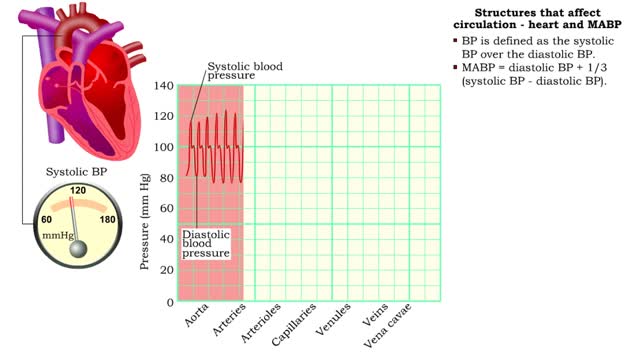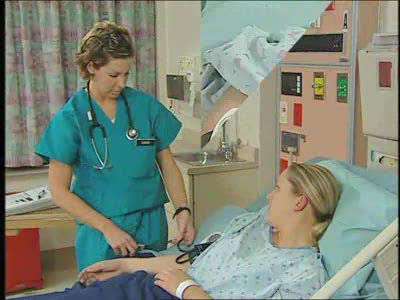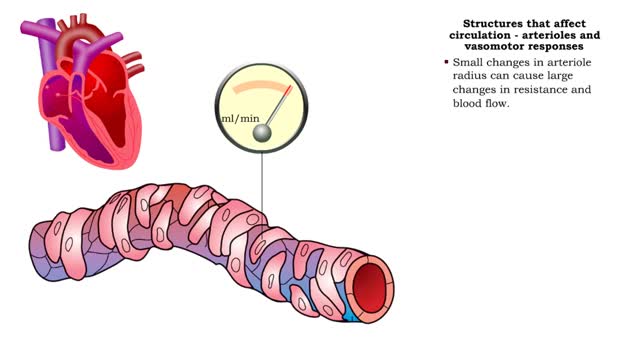Structures that affect circulation - heart and systolic/diastolic BP
By: HWC
Date Uploaded: 10/09/2019
Tags: homeworkclinic.com Homework Clinic HWC Structures that affect circulation Arterioles Veins store blood systolic diastolic ضغط الدم الانقباضي الضغط الانبساطي
• Heart generates blood pressure. • Arterioles produce resistance thereby regulating blood flow to tissues. • Veins store blood; kidneys regulate blood volume; both affect venous return and cardiac output. ■ Contractions of the ventricles determine blood pressure, which drives the circulation of blood. • Blood pressure varies depending on the state of contraction of the ventricles. • Systolic BP is the highest pressure during cardiac muscle contraction. • Diastolic BP is the lowest pressure during cardiac muscle relaxation. ■ Diastolic BP is the lowest pressure during cardiac muscle relaxation. ■ During the contraction cycles of the heart, elastic vessels expand and recoil to maintain a mean arterial blood pressure. • BP is defined as the systolic BP over the diastolic BP. • MABP - diastolic BP + 1/3 (systolic BP - diastolic BP). • MABP accounts for diastole lasting longer than systole; mean is not equidistant between the two pressures. ضغط الدم الانقباضي عندَ انقباض عضلة القلب، يُدفع الدم في الشريان الأبهر الذي يتميز بكونه أكبر شرايين الجسد وأكثرها مرونة، والذي يتمدد جانبياً ليسمح للدم بالمرور من خلاله، ويعرف ضغط الدم للأوعية الدموية التي يمر فيها في هذه الحالة بالضغط الانقباضي. الضغط الانبساطي عند انبساط عضلة القلب، يعود الشريان الأبهر إلى وضعه الطبيعي، فيضغط على الدم الذي يحتويه ليضمن استمرار جريان الدم إلى القلب، ويعرف ضغط الدم في هذه الحالة باسم ضغط الدم الانقباضي.
Add To
You must login to add videos to your playlists.
Advertisement












Comments
0 Comments total
Sign In to post comments.
No comments have been posted for this video yet.